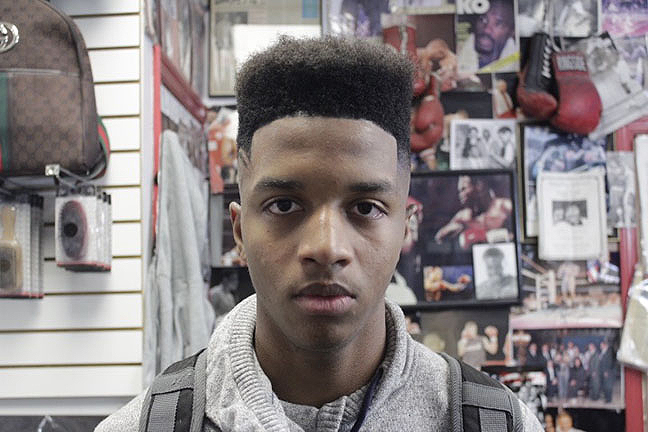
Photography and Text by Justina McMinn, Copyright 2018
.
Book Review
.
Susan Sontag: On Photography
.
Capturing Reality
.
Sontag makes many important points in her essays in On Photography. The first essay, however, really connected with me. In Plato’s Cave essentially says photography is a means for capturing reality. She talks about how a photograph is tangible, you can hold it, but you can not hold reality. Although, it is capturing reality, it is not capturing reality for what it is and the reason for capturing this “reality” can vary.
Sontag also argues a point that photography is a sort of false way of relating to the world because pictures can be so flawed and falsely interpreted. Sontag claims that like the Plato’s Cave allegory, when anyone looks at a photograph it is not always entirely true without explanation. She gives an example of the Farm Security Administration photographic project of the late 1930’s where they took dozens of frontal pictures of sharecropper subjects until the were satisfied that they have gotten the right look on film. They wanted a particular emotion provoked from the photo. Problematically, they imposed their own standards onto the subject.
This reminds me of the project we did in class where we had to use portraits to convey various emotions. We all had different standards of what grief, sadness, happiness, etc. look like hence why we all had different photos. I’m sure many of us imposed our standards for what the visual aspect of these emotions should look like and shot until satisfied that it was conveyed.
I think this is an interesting point about people imposing their standards because of people’s various perspectives each photo is interpreted differently and can’t promise the viewer is understanding the photographer’s truth. For example, the picture here for me, conveys sadness. Very often within the black community, we are taught to suppress our emotions and to display negative emotions like sadness, grief, hurt, and disappointment in a particular fashion. Others may view this photo as angry, calm, emotionless, flat. Many cultural norms play into people’s standards and I believe this is what makes art, photography in particular, nuanced.
Another key point Sontag made was that photography is evidence. Photography is a huge component in museums, text books, and scrap books to further prove beyond “he say, she say” that an event took place.
Looking at today’s social norms surrounding technology, I see this idea in fruition. Every vacation people seem to feel the need to take pictures and post them to prove they had fun and that the vacation happened. There is a saying that says, “Pictures or it never happened!” Our society has become so wrapped up in the social aspect of photography. It is used to document protests, social events, personal occasions, and more. However, I would say it is excessive.
I wonder where the line is drawn. People are starting to let photography intrude on intimate events and take away from thoroughly enjoying experiences. For example, more recently, at a funeral I saw someone take a picture of the person in the casket. For me, I think it was inappropriate. However, their thought process was the person finally looked peaceful and they wanted to document it forever. Another example is my recent vacation with friends. They spent more time taking pictures and finding locations with the only motivation to go being to take more pictures. The question for me is, is enjoying the moment in reality and depending on memory less fundamental than capturing the reality and documenting it forever?
.
About The Author: Justina McMinn is a Freshman enrolled in the College of the University of Pennsylvania, Class of 2021. To access additional articles by Justina McMinn, click here: https://tonywardstudio.com/blog/justina-mcminn-self/